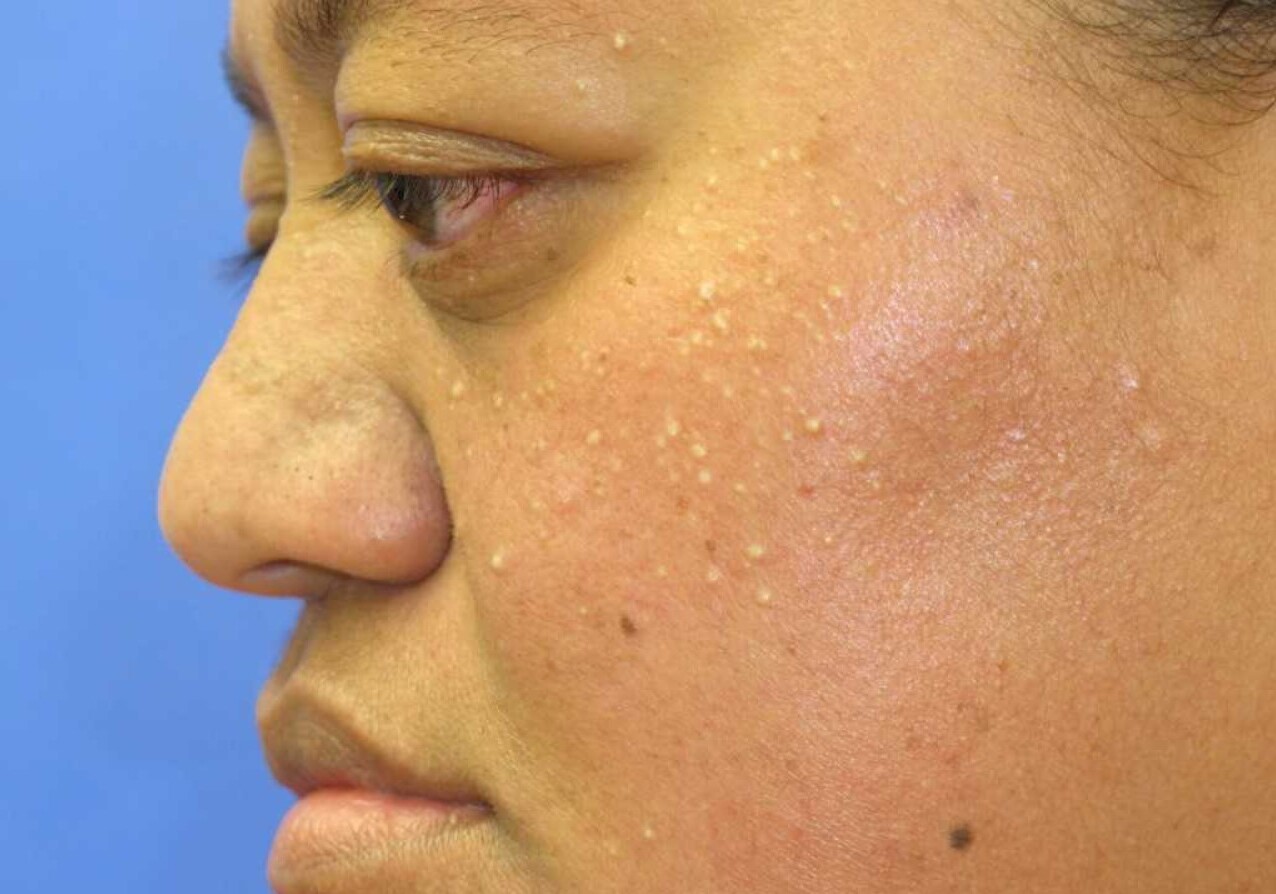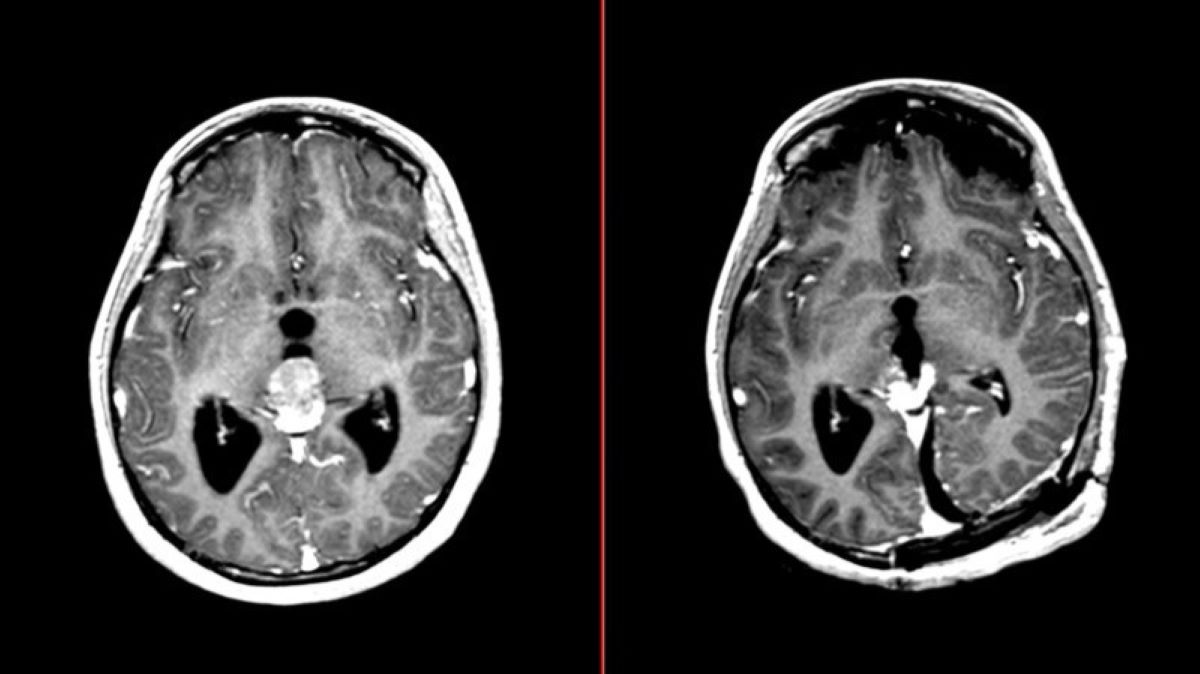
Congenital Hypotrichosis Milia is a rare genetic condition that affects hair growth from birth. But what exactly is it? This condition results in sparse or absent hair on the scalp and other parts of the body. Why does it happen? It's caused by mutations in specific genes responsible for hair follicle development. Who gets it? Both males and females can be affected, and it often runs in families. How is it diagnosed? Doctors usually identify it through clinical examination and genetic testing. Is there a cure? Currently, no cure exists, but treatments can help manage symptoms. Want to know more? Keep reading to uncover 32 intriguing facts about this unique condition.
Key Takeaways:
- Congenital Hypotrichosis Milia is a rare genetic condition causing sparse hair growth. Genetic counseling, skin care, and emotional support are crucial for managing symptoms and improving quality of life.
- Research and ongoing clinical trials offer hope for better understanding and potential treatments for Congenital Hypotrichosis Milia. Support groups and advocacy organizations provide valuable resources for affected individuals and families.
Understanding Congenital Hypotrichosis Milia
Congenital Hypotrichosis Milia is a rare genetic condition affecting hair growth. Let's dive into some fascinating facts about this condition.
-
Congenital Hypotrichosis Milia is a genetic disorder present at birth, characterized by sparse or absent hair.
-
Hypotrichosis means reduced hair growth, while Milia refers to small, white cysts that can appear on the skin.
-
This condition is often inherited in an autosomal recessive manner, meaning both parents must carry the gene.
-
Symptoms include sparse scalp hair, eyebrows, and eyelashes, often noticeable shortly after birth.
-
Diagnosis typically involves a clinical examination and genetic testing to confirm the presence of the specific gene mutation.
Genetic Factors and Inheritance
Understanding the genetic basis of Congenital Hypotrichosis Milia can help in managing and diagnosing the condition.
-
The condition is linked to mutations in the LIPH or LPAR6 genes, which play a role in hair follicle development.
-
Autosomal recessive inheritance means a child must inherit two copies of the mutated gene, one from each parent, to exhibit symptoms.
-
Carriers of the gene mutation usually do not show symptoms but can pass the gene to their offspring.
-
Genetic counseling is recommended for families with a history of the condition to understand the risks and implications.
Physical Characteristics
The physical manifestations of Congenital Hypotrichosis Milia are distinct and can vary in severity.
-
Affected individuals often have sparse or absent scalp hair, which may be fine and brittle if present.
-
Eyebrows and eyelashes may also be sparse or completely absent, contributing to the distinct appearance.
-
Milia are small, white cysts that can appear on the face, particularly around the eyes, nose, and cheeks.
-
The condition does not typically affect other body hair, such as arm or leg hair.
Impact on Daily Life
Living with Congenital Hypotrichosis Milia can present unique challenges, but understanding these can help in managing the condition.
-
Social and emotional impact can be significant, especially for children and adolescents dealing with appearance-related issues.
-
Wigs and hairpieces are common solutions for those seeking to improve their appearance and boost self-esteem.
-
Skin care is important to manage milia and prevent secondary infections or complications.
-
Regular check-ups with a dermatologist can help monitor skin health and manage any issues that arise.
Treatment and Management
While there is no cure for Congenital Hypotrichosis Milia, various treatments can help manage symptoms and improve quality of life.
-
Topical treatments may be used to manage milia and improve skin appearance.
-
Hair growth treatments like minoxidil are generally ineffective due to the genetic nature of the condition.
-
Laser therapy can sometimes be used to remove milia, though it is not always necessary.
-
Psychological support is crucial for individuals dealing with the social and emotional aspects of the condition.
Research and Future Directions
Ongoing research is essential to better understand Congenital Hypotrichosis Milia and develop potential treatments.
-
Genetic research is focused on identifying additional gene mutations that may contribute to the condition.
-
Stem cell therapy is being explored as a potential future treatment to stimulate hair growth.
-
Clinical trials are ongoing to test new treatments and interventions for managing symptoms.
-
Patient registries help researchers gather data and improve understanding of the condition's prevalence and impact.
Support and Resources
Finding support and resources can make a significant difference for those affected by Congenital Hypotrichosis Milia.
-
Support groups provide a community for individuals and families to share experiences and advice.
-
Online forums and social media groups can offer additional support and information.
-
Educational resources help individuals understand the condition and manage symptoms effectively.
-
Advocacy organizations work to raise awareness and support research efforts.
-
Financial assistance programs may be available to help cover the costs of treatments and supportive care.
Conclusion
Congenital Hypotrichosis Milia is a rare genetic condition with unique challenges. Understanding its genetic basis, physical characteristics, and available treatments can help those affected manage their symptoms and improve their quality of life.
-
Awareness campaigns aim to educate the public and reduce stigma associated with the condition.
-
Research advancements continue to offer hope for better treatments and potential cures in the future.
Final Thoughts on Congenital Hypotrichosis Milia
Congenital Hypotrichosis Milia is a rare genetic condition affecting hair growth. Understanding its symptoms, causes, and treatments can help those affected manage the condition better. Early diagnosis is crucial for effective treatment and improving quality of life. Genetic counseling can provide valuable insights for families dealing with this condition.
While there’s no cure, various treatments can help manage symptoms and improve hair growth. Staying informed and seeking support from healthcare professionals and support groups can make a significant difference.
Remember, knowledge is power. The more you know about Congenital Hypotrichosis Milia, the better equipped you’ll be to handle its challenges. Stay proactive, seek help when needed, and never lose hope.
Frequently Asked Questions
Was this page helpful?
Our commitment to delivering trustworthy and engaging content is at the heart of what we do. Each fact on our site is contributed by real users like you, bringing a wealth of diverse insights and information. To ensure the highest standards of accuracy and reliability, our dedicated editors meticulously review each submission. This process guarantees that the facts we share are not only fascinating but also credible. Trust in our commitment to quality and authenticity as you explore and learn with us.


